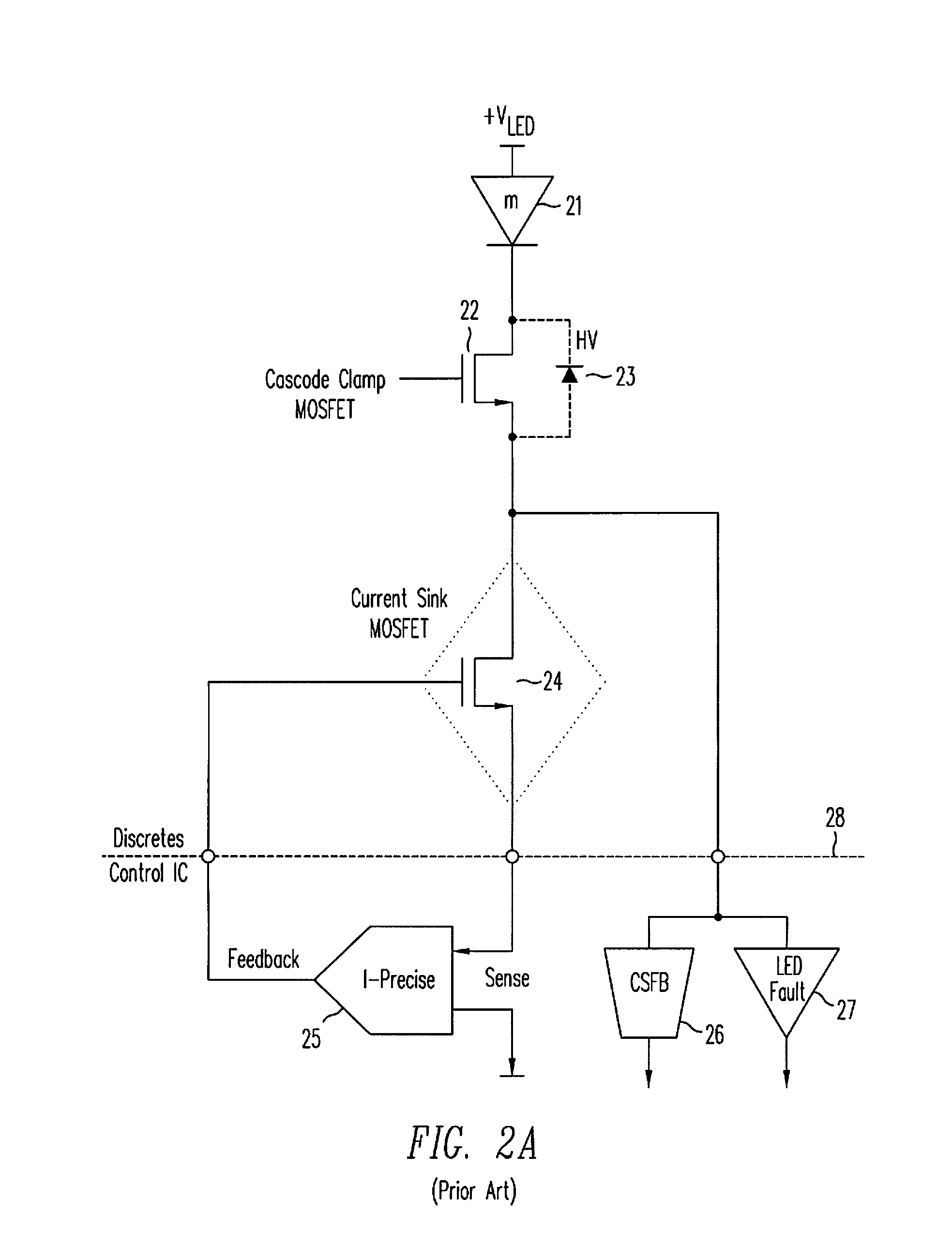Serial Lighting Interface With Embedded Feedback
a technology of embedded feedback and lighting interface, which is applied in the direction of static indicating devices, instruments, semiconductor lamp usage, etc., can solve the problems of even more complex voltage feedback requirements, color temperature of white leds varies with current, and even more complex balancing current, etc., to achieve flexibility and scalability.
- Summary
- Abstract
- Description
- Claims
- Application Information
AI Technical Summary
Benefits of technology
Problems solved by technology
Method used
Image
Examples
Embodiment Construction
[0071]As described in the background section, existing backlight solutions for TVs and large screen LCDs are complex, expensive and inflexible. To reduce the cost of backlight systems for LCD's with local dimming without sacrificing safe and reliable operation clearly requires a completely new architecture that in the very least eliminates discrete MOSFETs, minimizes the concentration of heat within any component, facilitates over-temperature detection and thermal protection, and protects low voltage components from high voltages. While meeting these objectives may alone be insufficient to achieve a truly cost-effective solution able to meet the demanding cost targets of the home consumer electronics market, such an improvement is a necessary first step toward such a goal toward realizing low-cost local dimming.
[0072]This invention described herein enables a new cost-efficient and scalable architecture for realizing safe and economically viable LED backlighting systems for large-scr...
PUM
 Login to View More
Login to View More Abstract
Description
Claims
Application Information
 Login to View More
Login to View More - R&D
- Intellectual Property
- Life Sciences
- Materials
- Tech Scout
- Unparalleled Data Quality
- Higher Quality Content
- 60% Fewer Hallucinations
Browse by: Latest US Patents, China's latest patents, Technical Efficacy Thesaurus, Application Domain, Technology Topic, Popular Technical Reports.
© 2025 PatSnap. All rights reserved.Legal|Privacy policy|Modern Slavery Act Transparency Statement|Sitemap|About US| Contact US: help@patsnap.com



